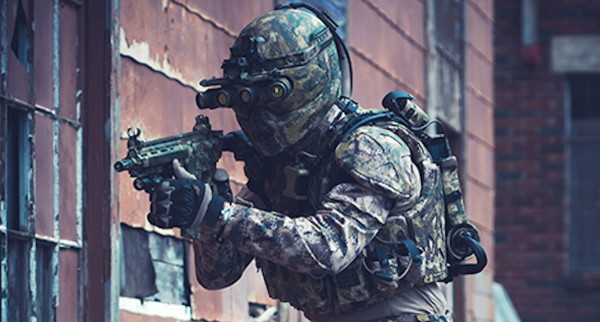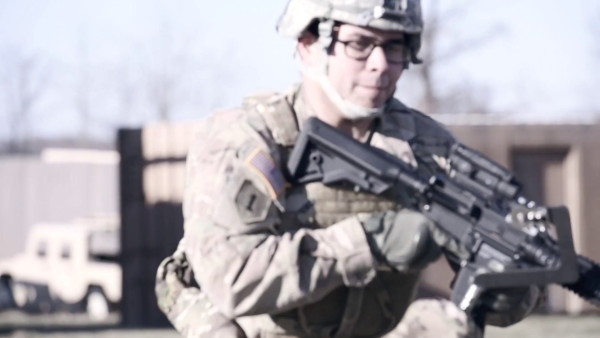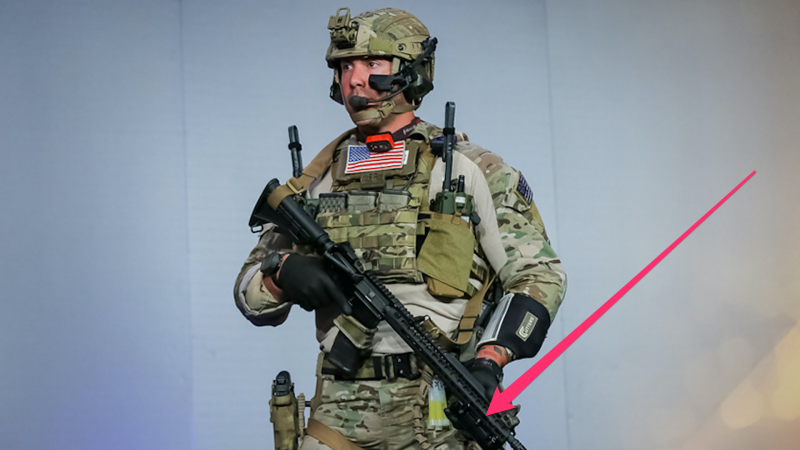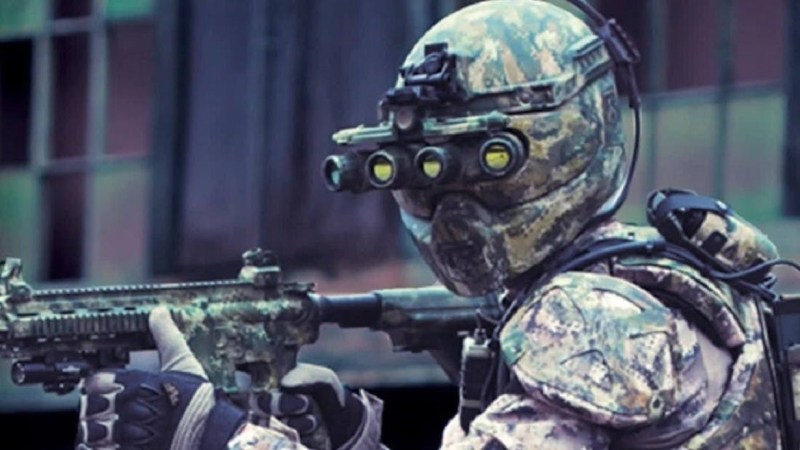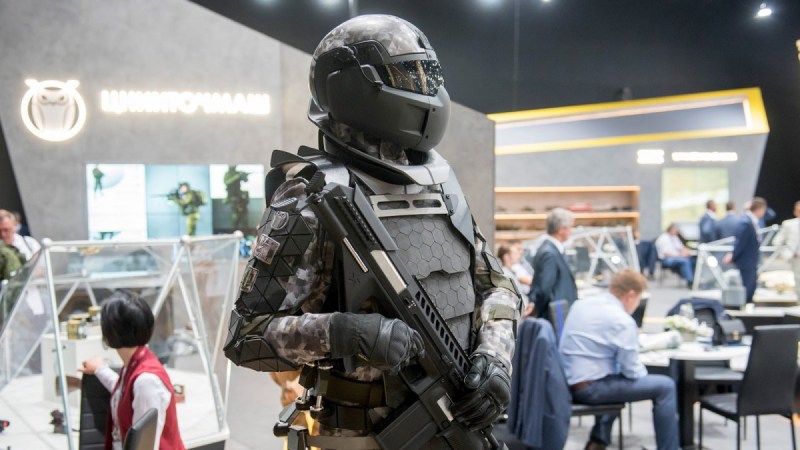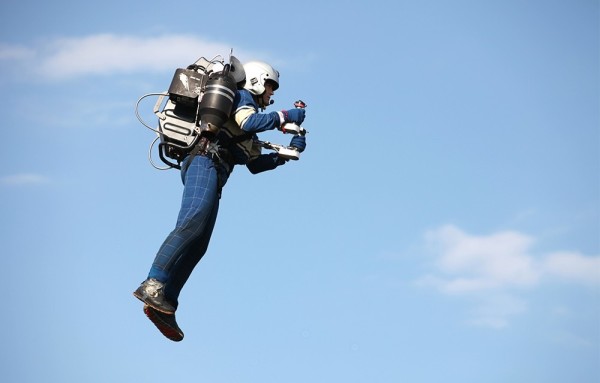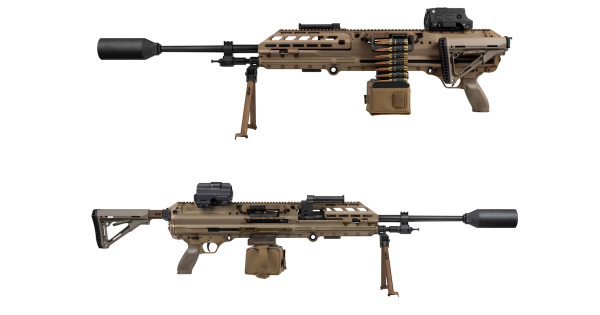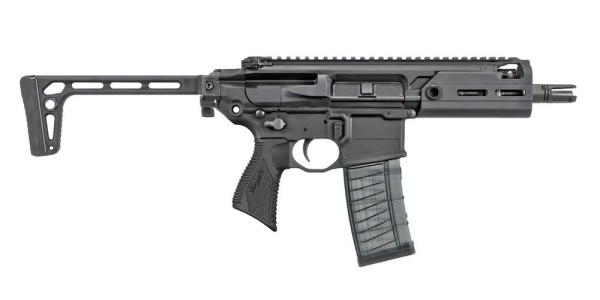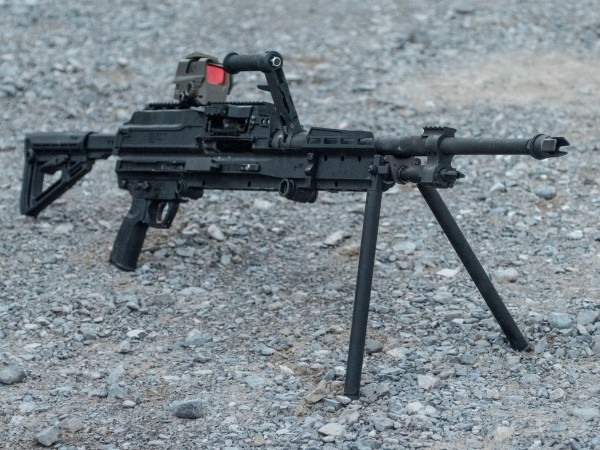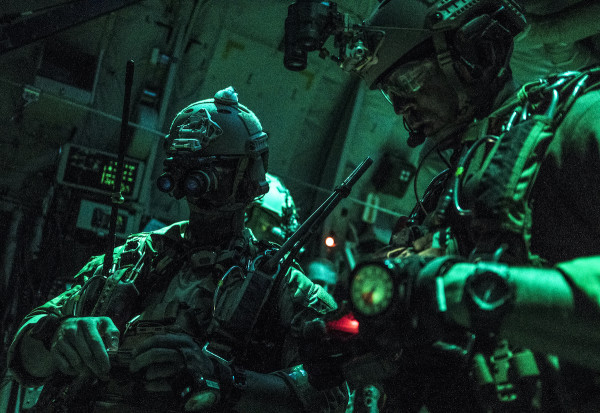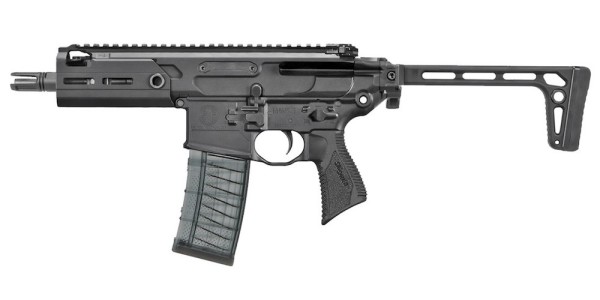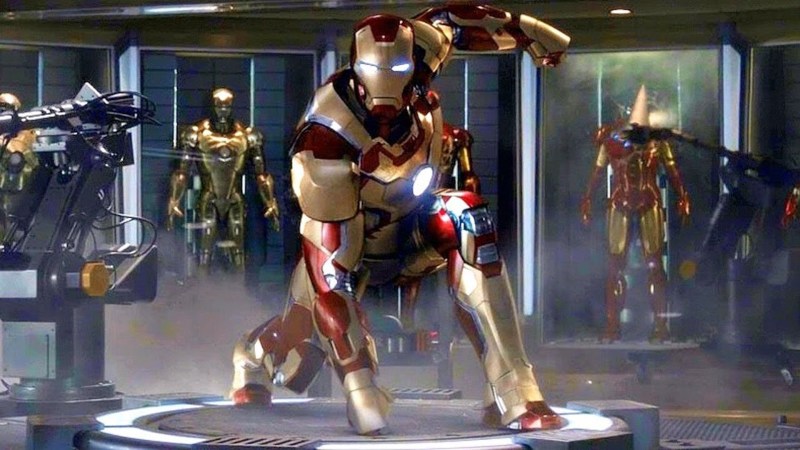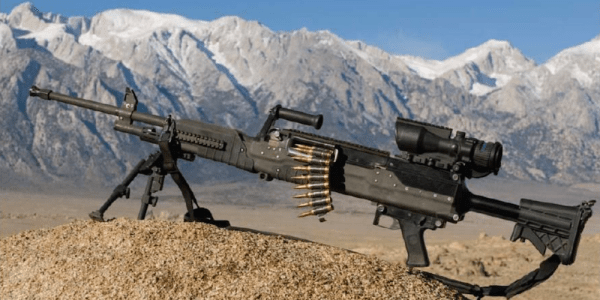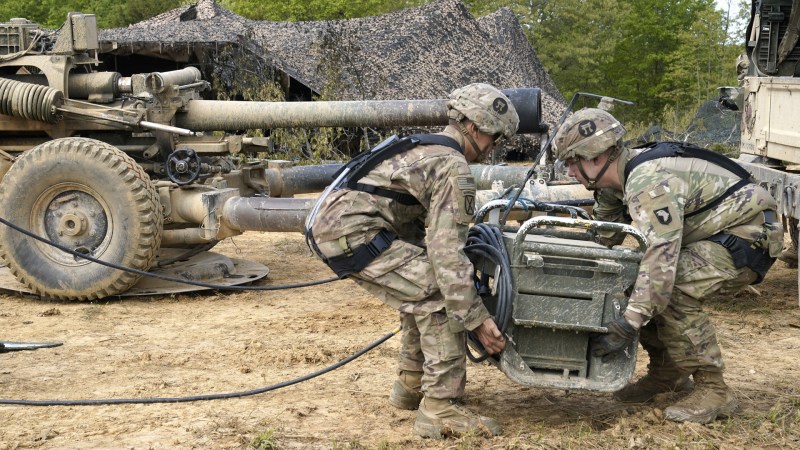U.S. military officials may have abandoned their dreams of powered armor straight out of Starship Troopers, but the futuristic components of America’s first prototype combat exoskeleton could eventually end up in the arsenals of both U.S. special operations forces and conventional troops.
First introduced in 2013, U.S. Special Operations Command’s Tactical Assault Light Operator Suit (TALOS) purported to offer a slew of capabilities integrated into a unified, armor-plated exoskeleton that led the media to dub the project the “Iron Man suit.” But in February, SOCOM officials confirmed that America’s first real attempt at powered armor wasn’t ready for prime time.
“The prototype itself is not currently suitable for operation in a close combat environment,” SOCOM spokesman Navy Lt. Phillip Chitty told Task & Purpose at the time. “There is still no intent to field the TALOS Mk 5 combat suit prototype.”
Despite the lack of an integrated suit, some of TALOS’ subsystems may live on as parts of various programs of record across the U.S. armed forces: SOCOM has identified 10 subsystems for “further maturation and testing,” include lightweight polyethylene armor, a small-arms stabilization system commonly referred to as a “third arm,” and various augmented reality concepts.
“TALOS was more than just the ‘Iron Man’ powered armor; it was a number of subsystems,” Navy Lieutenant Cmdr. Tim Hawkins, a SOCOM spokesman, told Task & Purpose. “Some those subsystems borne out of TALOS — where the technology was mature enough, where the technology was able to meet SOF requirements, and where there is a clear acquisition and technical development path forward — are moving forward, and SOCOM is looking to incorporate those into programs of record.”
“We’re talking about initially fielding them to SOF, but that’s not to say that some of the efforts that came out of TALOS couldn’t see fielding to the various services,” he added.

Revision Military’s prototype Tactical Assault Light Operator Suit (TALOS) suit, which helped inspire the ‘Iron Man suit’ moniker for the experimental powered exoskeleton(Courtesy of Revision Military)
According to Hawkins, the 10 subsystems that SOCOM has identified for further testing include:
- Lightweight Polyethylene (PE) Armor for Extremity Protection: According to Hawkins, this TALOS-inspired body armor offers protection from small-arms fire over 44 percent of the body compared to the 19 percent of standard infantry body armor. Not only does this include increased protection for an operator’s shoulders, obliques, forearms, and groin, Hawkins said, but the new armor weighs 25 percent, or roughly three pounds, less than standard protective gear.
- Lightweight PE Ballistic Shield Product Improvement: An arm-mounted ballistic shield fabricated from the same lightweight polyethylene used in the TALOS-inspired new body armor
- Lightweight Polyethylene Rifle Helmet and Improved Night Vision Goggle (NVG) Mount: According to Hawkins, the helmet doesn’t just offer increased protection against small arms, but the new night vision mount positioning reduces neck strain and interference with an operator’s rifle scope.
- ‘Augmented Operator’: This is SOCOM’s name for the high-tech leg braces that are designed to support the ankles and knees, reducing the strain on the body while marching or operating in mountainous terrain for long periods of time. It’s “not a full body suit,” as Hawkins emphasized, but the end result of whittling the TALOS armor concept down to a leg-mounted exoskeleton.
- Small Arms Stabilization Platform/Counter Unmanned Aerial System (UAS) Weapon System: This is SOCOM’s version of the Army’s “third arm,” a system Hawkins described as a “lightweight modular gyro-stabilization device designed to enable the operator to engage with more accuracy.” While Hawkins couldn’t specify whether that counter-UAS system consisted of a kinetic or directed energy weapon, he stated that the system “has a multirole capability against air-ground-and maritime threats,” so far that the device would ideally allow the operator to detect, track, target, and classify incoming targets.
- Virtual Reality Tactical Assault Kit (VTAK): A pre-operation planning tool designed to “better visualize, plan, or rehearse actions on an objective to better conduct mission panning and objective walkthrough,” as Hawkins described it.
- Heads Up Display/Augmented Reality Architecture: This is a continuation of SOCOM’s efforts to develop a heads-up display, Hawkins said. According to a recent interview with former JATF-TALOS chief engineer Col. Alex MacCalman in Special Operations Outlook, the concept of combining night vision, integrating sensors, and augmented reality into a single unified system “paved the way” for the documents that informed the Army’s new Integrated Visual Augmentation System (IAVS).
- Enhanced Image Intensification (I2) Tube Performance: Designed to increase the resolution of SOCOM’s night vision goggles.
- Medium Range Fused Weapon Sight Long Wave Infrared/Near Infrared (LWIR/NIR): An improved weapons sight designed to match the performance of SOCOM’s existing SOF-fielded night vision goggles.
- Power Management: “It’s about establishing a better power management architecture,” Hawkins said. After all, all of these new devices require hefty amounts of power, and SOCOM is working on a power source that can better sustain each system in a unique operator environment.
As Task & Purpose previously reported, the TALOS prototype lacked the suit-wide interconnectivity that defines the passively-worn powered armor of fiction. Indeed, the new TALOS successor program, dubbed the ‘Hyper-Enabled Operator’ concept (or HEO), is explicitly focused on information management to enhance situational awareness rather than physical armor.
HEO “is more focused on the cognitive domain,” Hawkins told Task & Purpose. “It’s a follow-on to TALOS that seeks to give operators tools to make better decisions faster through human machine interface, data (accessing relevant raw data), various applications (applying that raw data using algorithms and computing hardware), and improved communications.”
“The TALOS concept came at a time when [SOCOM] and the Pentagon were focused on countering violent extremist organizations, but we’re now more focused on great power competition,” Hawkins added, citing the 2018 National Defense Strategy that realigned the DoD’s view of long-term strategic threats, and put renewed attention on emerging threats from countries with conventional militaries like China, Russia and North Korea.
“The Iron Man suit is useful for kicking down doors in close-combat environments like those counter-VEO operations, but the focus on the HEO concept is more ‘phase zero’ … you’re not kicking in doors, you’re shaping the combat environment using information from partners and allies so you don’t need to be wrapped in heavy armor in the first place.”


